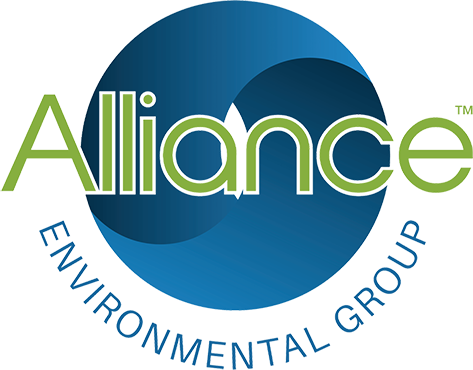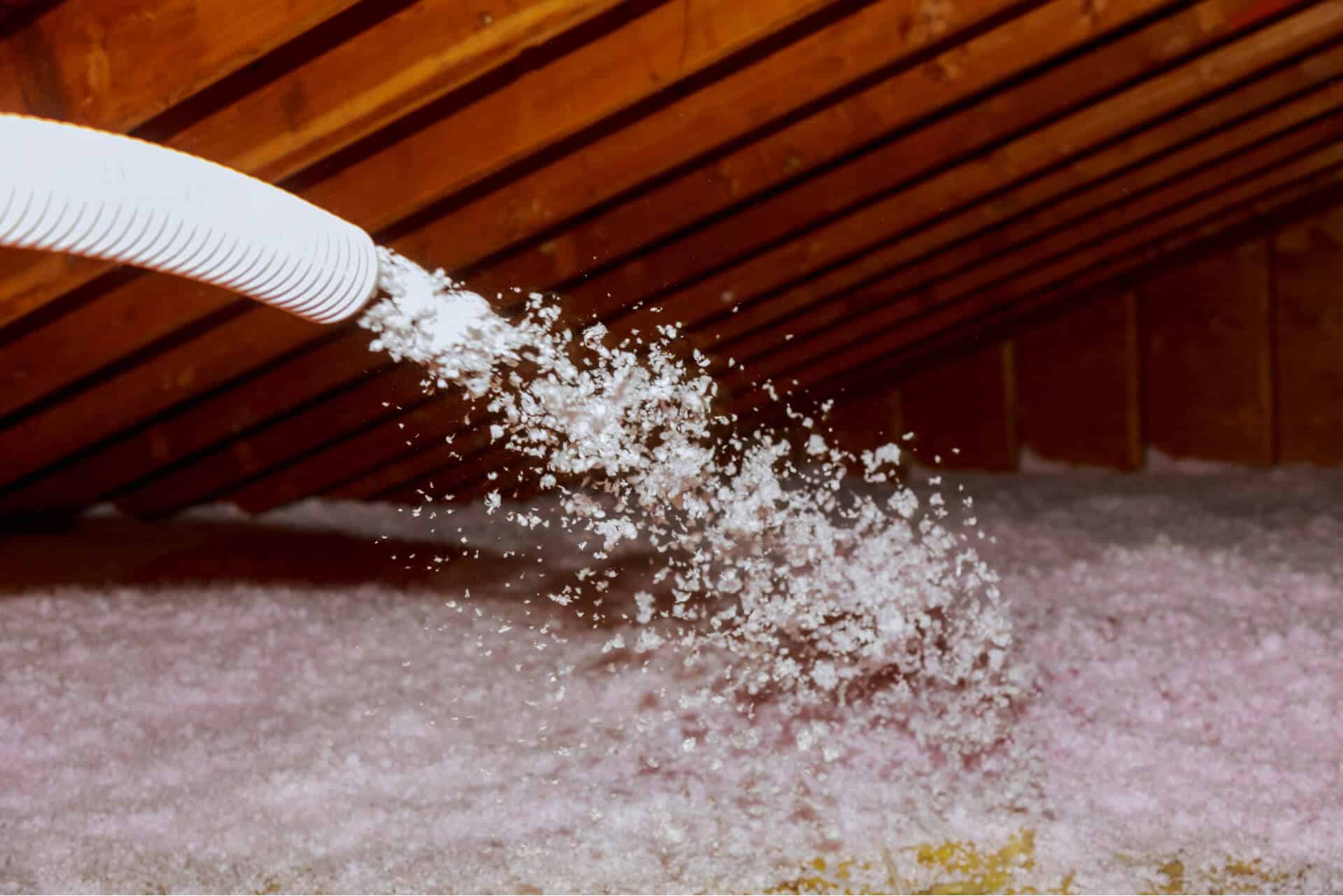When we think of winterizing, we often simply think about preparing for the colder temperatures, ensuring that pipes don’t burst and the like. But proper winterization is about more than inspecting pipes. It’s about improving the heating efficiency in your facilities, increasing safety and workflows, and ensuring that the occupants are comfortable and content throughout the cooler months.
If you own facilities that need to get ready for winter, then you’ve come to the right place. Here is your guide to getting ready, including the importance of removing and replacing old insulation in your attic or crawlspace.
The Importance of Removing Insulation
One of the first things that we recommend anyone do when winterizing a facility is removing old insulation in the attic or crawlspaces. This is absolutely vital for a number of reasons, some of which we will cover later in this article. The two we will focus on here are health and air quality.
While increasingly rare in many states and counties across the United States, asbestos insulation is still in our facilities. In fact, asbestos is still legally allowed to be used in some commercial and industrial environments in the US. While it can be safe if never disturbed, the truth is that asbestos insulation can cause a lot of health issues for people inside the building. Especially if that insulation was blown-in, which means it can be loose and end up floating around.
Asbestos has been linked to a number of health issues, including increased instances of lung disease and lung cancer that can ultimately be fatal. It’s for this reason that you should have any insulation in your attic and crawlspaces removed by professionals who know how to handle asbestos.
The second reason you will want to remove old insulation is air quality. Just as asbestos can get into the air throughout a facility, so can dust, mold and other particles and contaminants that get into the air and lower the overall quality. Mold can also pose certain health risks, and wet or dusty insulation can create a musty smell that can be distracting and intrusive.
Why You Should Replace Your Existing Insulation
Removing old insulation is the first step for winterizing your facilities. The second step is replacing that old insulation with the new. Depending on the type of attics and/or crawlspaces, you may have multiple options for insulation, including blown-in insulation that can easily fill a space and improve your facility’s heating efficiency.
The most immediate benefit to insulation replacement is this increased efficiency, which will likely lower your monthly heating bills. It can also help keep a space cool in the summertime, lowering your air conditioning and cooling expenses as well. So, while we think of insulation as a winterizing tactic, it actually pays for itself year-round.
High-quality insulation replacement doesn’t just replace insulation, either. When you choose professionals, they can also offer additional services while they replace insulation that can improve efficiencies. These services can include air sealing, sanitization, and deodorizing, all of which can improve the air quality, mood of the occupants, and safety at the same time.
The Costs Associated with Improper Winterizing
There are a number of costs associated with improper winterization, or simply ignoring the important work of preparing for winter. Probably the most obvious is the increased heating costs that you can experience throughout the winter. Next would be emergency repairs needed to fix issues like burst pipes. Since water damage can be extremely expensive, it’s always better to perform preventative maintenance through inspections and turning off outside water when it isn’t required.
The major cost that can potentially result from failing to winterize, however, is related to safety. Things like fire routes being blocked, slippery surfaces, and other issues can all arise, putting people at risk while increasing your liability. It’s always better to properly prepare for the cooler months to keep people safe and avoid these potential costs.
Other Important Tips for Winterizing Your Facilities
Once you have removed and replaced all of your insulation, it’s time to look at other ways to winterize your facilities. Here are just a few tips that we recommend that can lower your monthly bills while keeping people safe and comfortable.
Take a look at your outside grounds and make sure that your sprinkler faucets and outside faucets are shut off. This will reduce the chances of pipes bursting during the colder months, especially if the area experiences unexpected cold snaps.
Look at all of your doors and windows. Replacing old windows with energy-efficient ones is a great way to reduce heating and cooling costs. Window frames and door frames also tend to leak, so sealing them can control heat, humidity, and cold.
Your roof could be an issue as well. Have someone inspect your roof for potential damage, such as storm damage, tree damage, or signs of excess moss or mold. Repairing this damage can help improve overall safety and ensure your roof is doing its part in helping insulate the facilities.
Pipes can burst in the winter, especially if you experience cold snaps. Be sure to check pipes inside and outdoors for any that need new insulation or could potentially burst. At the same time, make sure your fire pumps are working properly as well.
Housekeeping is also important in prepping for the winter. Since summer activities can use spaces differently, ensuring everything is stored safely can improve access and increase safety.
This is especially true for facilities that can accidentally have emergency exits blocked with stuff that isn’t used during the season.
Preparing for winter is key to ensuring that your facilities are ready for the cooler weather. Not only does proper winterization help lower monthly utility bills, it can also increase safety and leave you with happier employees and visitors. Of course, the major key to any winterization strategy is removing and replacing old insulation, especially in attics and crawlspaces. Once that insulation is brand new, you may experience noticeable and immediate benefits, both at your facilities and in your wallet.

